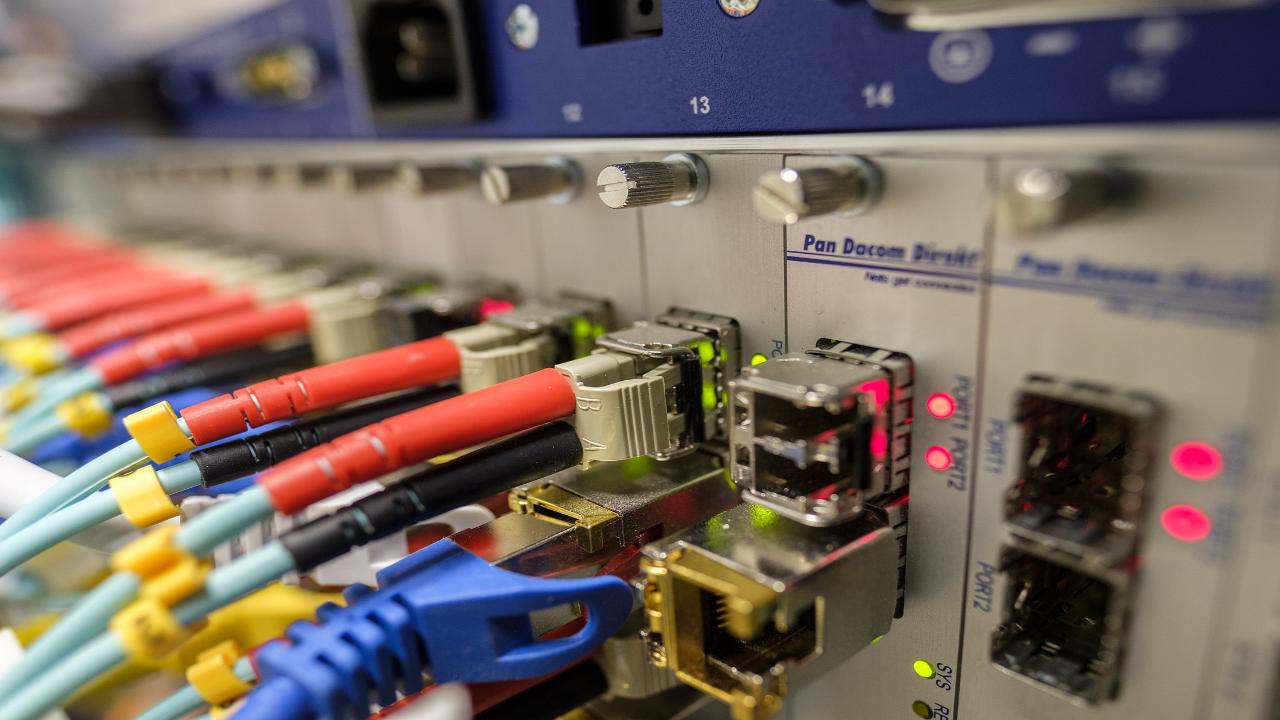In the dynamic world of industrial communications, the quest for efficiency and reliability is unending. Fiber optic technology has emerged as a cornerstone in this pursuit, offering unparalleled data transmission speeds and bandwidth. At the heart of this technological marvel lies a seemingly modest yet crucial component: the fiber optic splitter. This article dives into the world of fiber optic splitters, unraveling their significance in maximizing efficiency in industrial networks.
Introduction to Fiber Optic Splitters
Fiber optic splitters, as the name suggests, are devices that split a single optical signal into multiple streams. These components are fundamental in distributing optical signals across various parts of a network without significant loss of signal quality. Their role is pivotal in ensuring that data is efficiently disseminated throughout an industrial setup, which often encompasses a vast and complex network infrastructure.
Types of Fiber Optic Splitters
There are primarily two types of fiber optic splitters: fused biconical taper (FBT) and planar lightwave circuit (PLC). FBT splitters are created by fusing and stretching two or more fiber cables together, while PLC splitters use a micro-optical chip to divide the light. PLC splitters are known for their consistent performance and scalability, making them a preferred choice in larger, more demanding industrial environments.
Advantages in Industrial Applications
In the industrial realm, efficiency and reliability are not just desirable but essential. Fiber optic splitters play a critical role in achieving these objectives. They enable the distribution of data to multiple locations within a facility without the need for additional sources. This not only reduces the equipment cost but also minimizes the complexity of the network.
Moreover, fiber optic splitters are highly resilient to electromagnetic interference, a common challenge in industrial settings. This feature ensures that data transmission remains stable and reliable even in environments with high electromagnetic activity.
Installation and Maintenance
The installation of fiber optic splitters requires precision and expertise. It is essential to ensure that the splitters are compatible with the existing fiber optic cables and network equipment. Once installed, maintenance is relatively straightforward. Fiber optic splitters are known for their durability and typically require minimal upkeep, making them a cost-effective solution in the long term.
Choosing the Right Fiber Optic Splitter
Selecting the appropriate fiber optic splitter for an industrial network is critical. Factors to consider include the splitter's ratio (the way the signal is divided), the number of output ports, and the specific requirements of the industrial environment. Consulting with a specialist can provide valuable insights into the most suitable splitter for a particular application.
Conclusion
Fiber optic splitters are more than just a component in a network; they are a key enabler of efficiency and reliability in industrial communications. Their ability to distribute high-speed data effectively and reliably makes them an indispensable tool in the modern industrial landscape. As industries continue to evolve and demand more robust and efficient communication networks, the role of fiber optic splitters is set to become even more significant.
In conclusion, understanding and leveraging the capabilities of fiber optic splitters is essential for any industry looking to enhance its network efficiency. These small but mighty devices hold the key to unlocking the full potential of fiber optic technology in industrial settings, paving the way for a more connected and efficient future.


